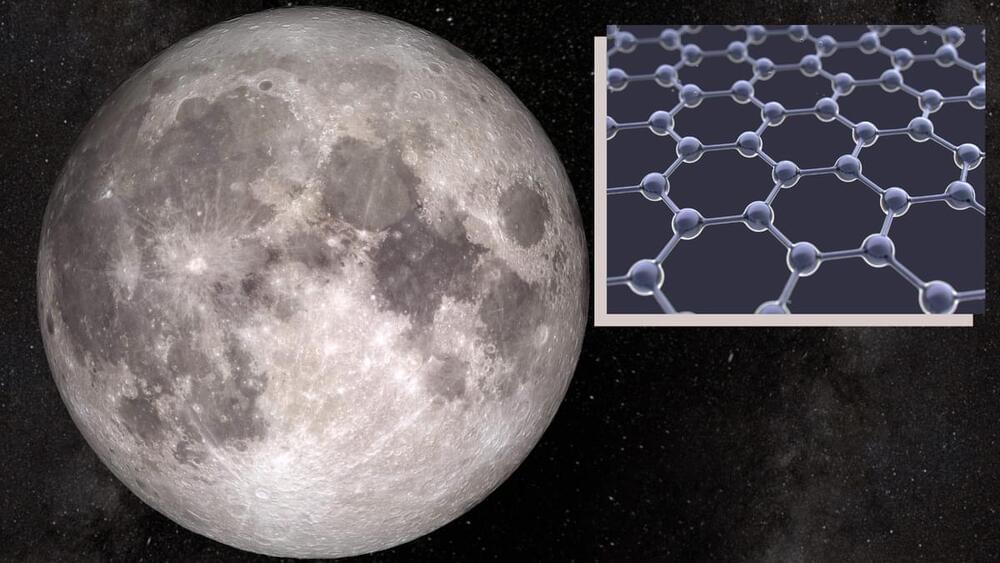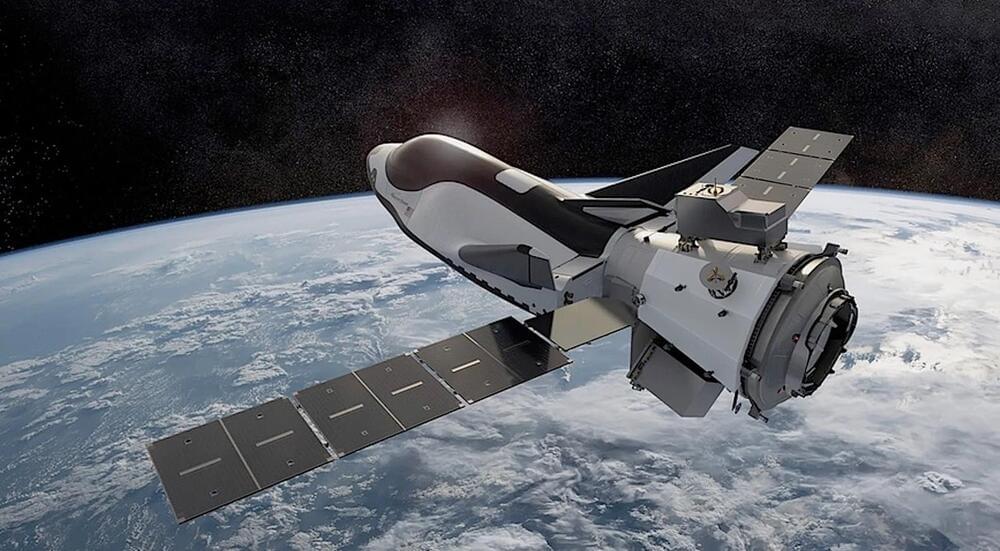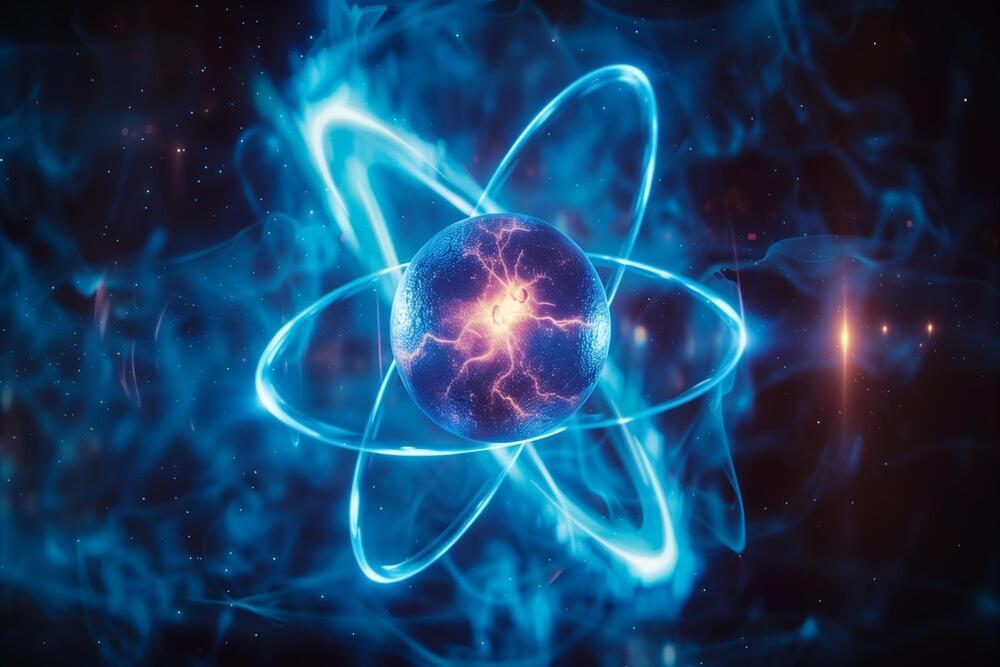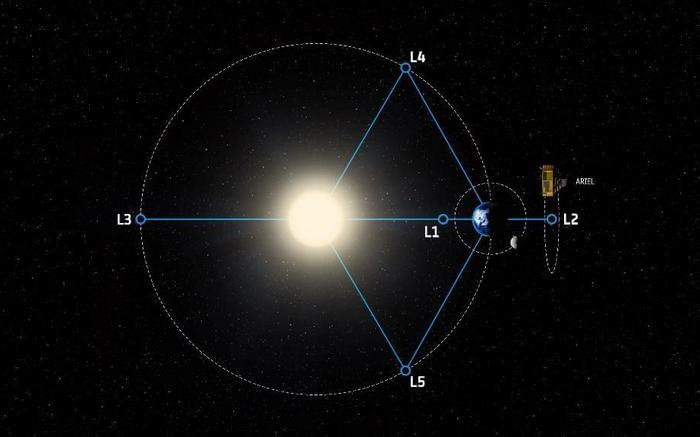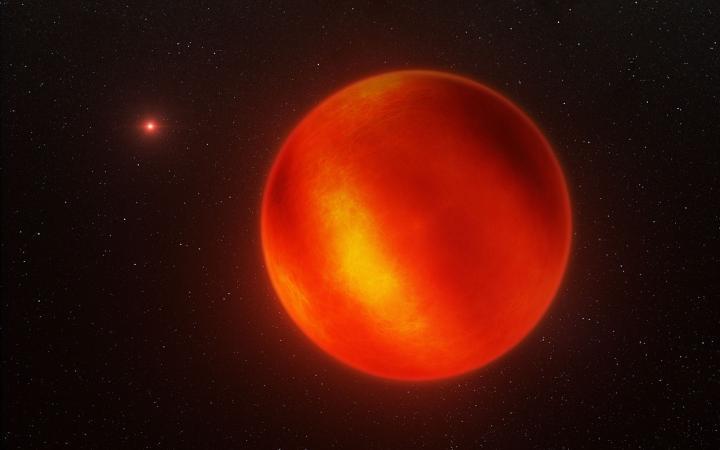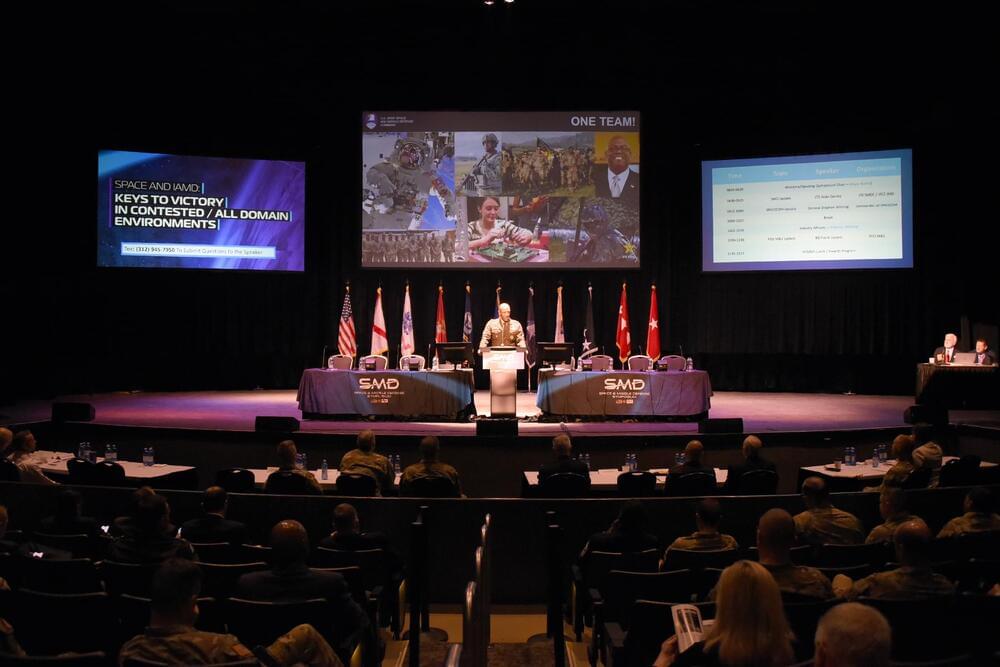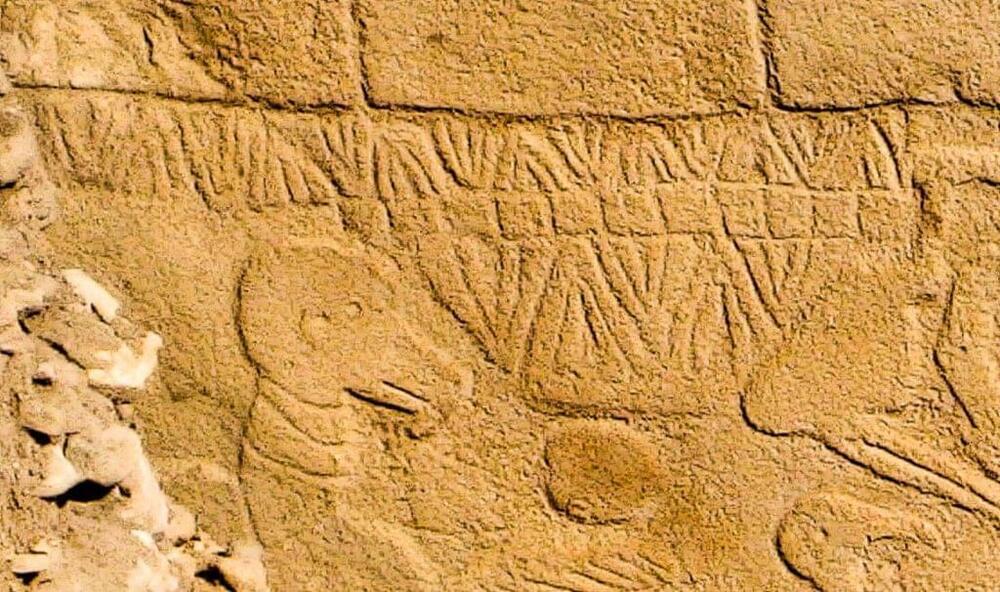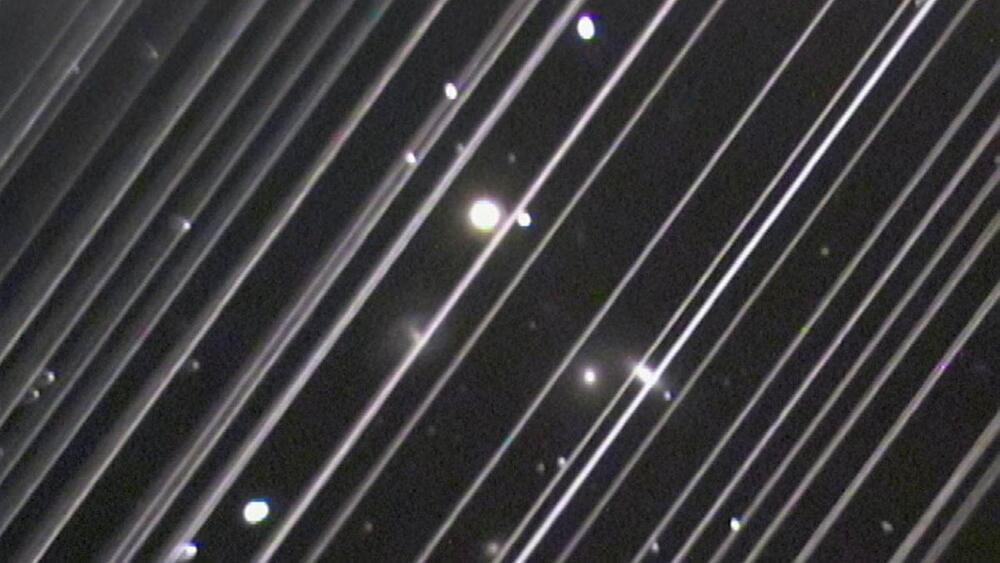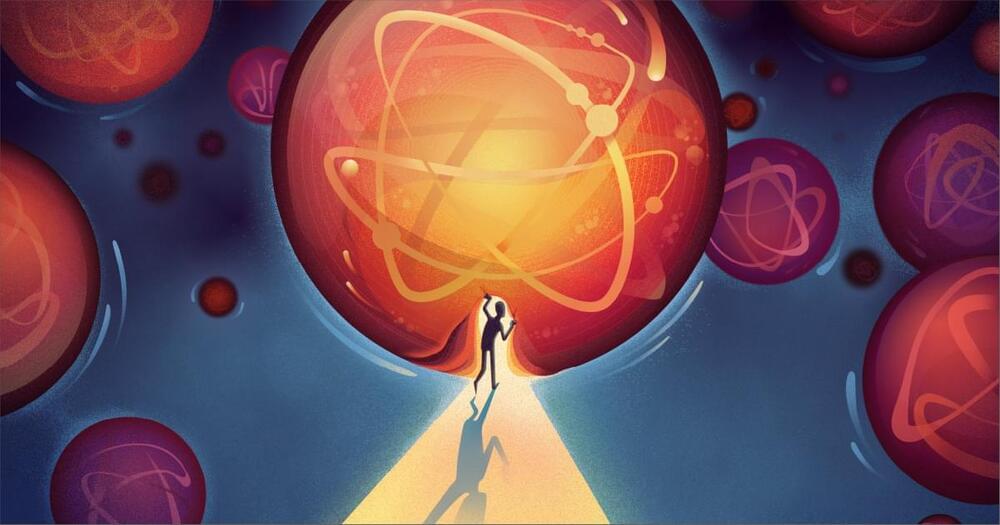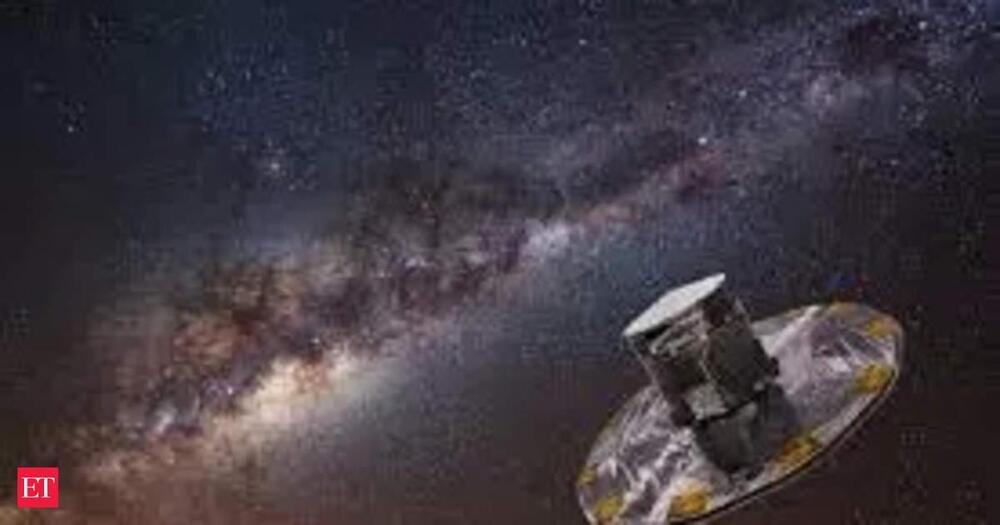This finding may reinvent the understanding of chemical components, geography episodes and the history ofthe moon.
Category: space – Page 65
Work to get the Sierra Space spaceplane ready for its first flight are ongoing at the Kennedy Space Center in Florida, a lot of work still lies ahead.
Using a laser to raise the energy state of an atom ’s nucleus, known as excitation, can lead to the development of the most precise atomic clocks. This process has been challenging because the electrons surrounding the nucleus are highly reactive to light, necessitating more light to affect the nucleus. UCLA physicists have overcome this by bonding the electrons with fluorine in a transparent crystal, allowing them to excite the neutrons in a thorium atom’s nucleus using a moderate amount of laser light. This achievement paves the way for significantly more accurate measurements of time, gravity, and other fields, far surpassing the current accuracy levels provided by atomic electrons.
For almost half a century, physicists have envisioned the possibilities that could arise from elevating the energy state of an atom’s nucleus with a laser. This breakthrough would enable the replacement of current atomic clocks with a nuclear clock, the most accurate timekeeping device ever conceived. Such precision would revolutionize fields like deep space navigation and communication.
It would also allow scientists to measure precisely whether the fundamental constants of nature are, in fact, really constant or merely appear to be because we have not yet measured them precisely enough.
Can machine learning be used to advance exoplanet science, and can this be done by non-scientists, as well? This is what Ariel Data Challenge 2024 hopes to address as participants from around the world will compete to develop machine learning algorithms designed to analyze data from space telescopes with the goal of gaining greater insight into exoplanet atmospheres. This competition will be featured at the NeurIPS 2024 machine learning conference and holds the potential to not only advance the field of exoplanets but also enable non-scientists to conduct pioneering research, as well.
“By supporting this challenge, we aim to find new ways of using AI and machine learning to develop our understanding of the universe,” said Dr. Caroline Harper, who is the Head of Space Science at the UK Space Agency. “Exoplanets are likely to be more numerous in our galaxy than the stars themselves and the techniques developed through this prestigious competition could help open new windows for us to learn about the composition of their atmospheres, and even their weather.”
Along with the UK Space Agency, other institutions supporting this challenge include the STFC DiRAC HPC Facility, European Space Agency (ESA), and STFC RAL Space. The competition is named after the ESA’s Ariel Space Mission, which is currently scheduled for launch in 2029 with the goal of using the transit method for identifying more than 1,000 exoplanets.
Astronomers have created the most detailed weather report so far for two distant worlds beyond our own solar system.
The international study — the first of its kind — reveals the extreme atmospheric conditions on the celestial objects, which are swathed in swirling clouds of hot sand amid temperatures of 950C.
Using NASA’s powerful James Webb Space Telescope (JWST), researchers set out to capture the weather on a pair of brown dwarfs — cosmic bodies that are bigger than planets but smaller than stars.
Join our newsletter to get the latest military space news every Tuesday by veteran defense journalist Sandra Erwin. Get the newsletter By clicking submit, you agree to share your email address with the site owner to receive the newsletters. You can opt-out at any time. Processing… Success! You’re on the list. Whoops! There was an error and we couldn’t process your subscription. Please reload the page and try again. WASHINGTON — The U.S. Army is considering the creation of a dedicated space career field for enlisted soldiers, a move that could significantly expand its pool of space experts and better equip land forces to face the technological challenges of modern warfare. Lt. Gen.
Experts suggest that markings on a stone pillar at the 12,000-year-old Göbeklitepe archaeological site in Türkiye probably represent the oldest solar calendar in history, having been established as a memorial to a catastrophic comet strike.
According to a recent study from the University of Edinburgh, the markings at the location might be a record of an astronomical event that marked a significant turning point in human civilization.
Southeast Türkiye’s Göbeklitepe is well-known for its array of enormous, T-shaped stone pillars adorned with animal and abstract symbol carvings. According to recent analysis, some of these carvings might have functioned as a kind of calendar that tracked important celestial events and marked the positions of the sun, moon, and stars.
Even if we can dodge a disaster in orbit by responsibly de-orbiting derelict satellites, many scientists are concerned that the number of objects circling our planet could still do harm: When they deorbit, they could deposit a significant flux of metals that could alter the chemical makeup of Earth’s atmosphere.
“Effects on astronomy are just the tip of the iceberg,” said Barentine, who says we may be fast approaching a turning point where tragedy becomes imminent, either in space due to a collision or on the ground from falling debris. “Space policy-making moves far too slowly to effectively deal with all of this.”
“Right now, there’s not a lot to look forward to that is positive,” he added. “If the New Space Age goes badly in the end, history will not look favorably on it.”
Experiments that test physics and philosophy “as a single whole” may be our only route to surefire knowledge about the universe.
When the European Space Agency launched the Gaia spacecraft to map stars, it encountered problems from a solar storm and space dust. Its electronics and measurements were impacted by these issues, which raised data inaccuracies. To overcome these issues, teams are collaborating remotely.
